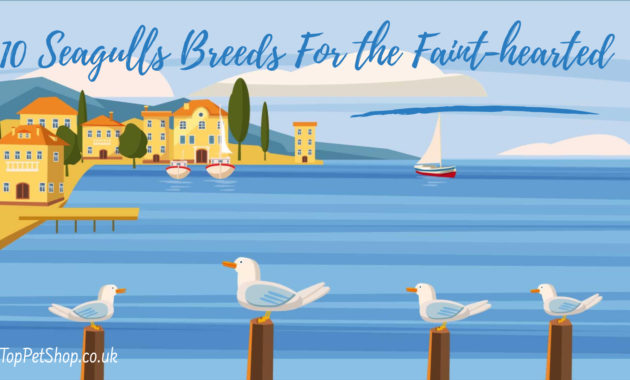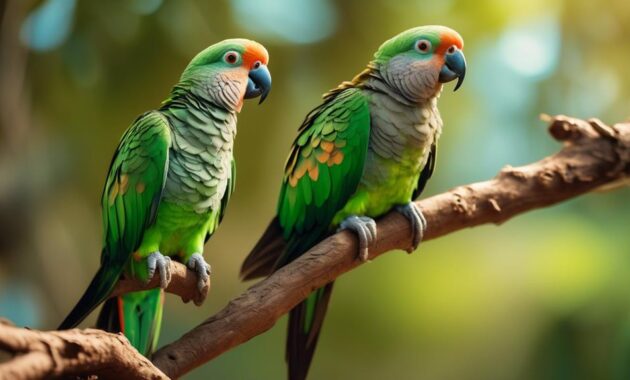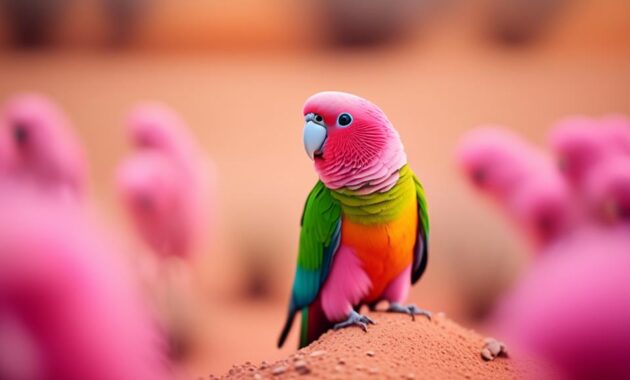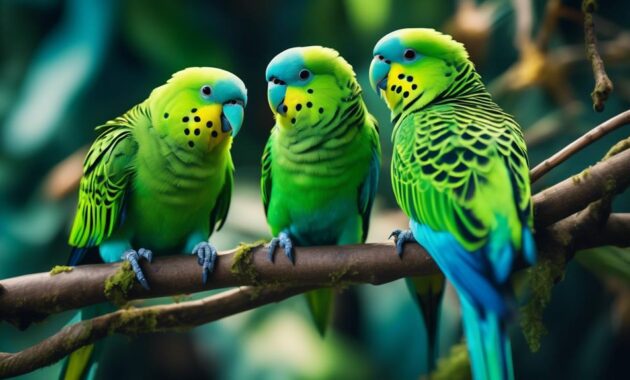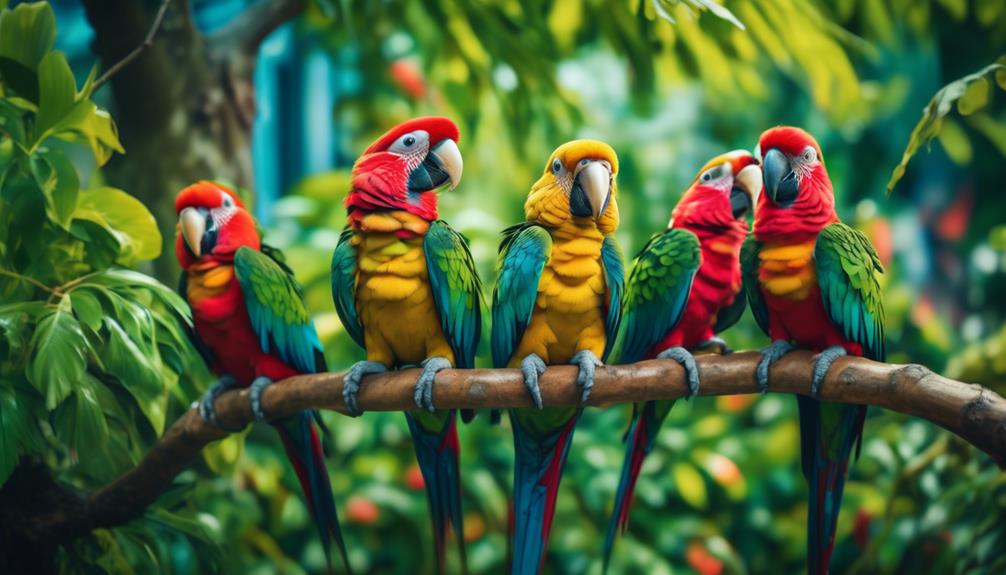
In a world filled with exotic birds, the Vasa Parrots stand out as a truly unique and captivating species. With their hardiness, mischievous nature, and exceptional talking abilities, these birds have fascinated bird enthusiasts for centuries.
But what sets these parrots apart from the rest? What makes them so hardy, mischievous, and talkative? In this discussion, we will explore the fascinating world of Vasa Parrots, uncovering the secrets behind their remarkable traits and shedding light on the joys and challenges of keeping them as companions.
Get ready to embark on a journey into the enchanting world of these captivating creatures.
Key Takeaways
- Vasa Parrots are a species of parrot known for their size, with an average length of 20 inches and weight up to 1 pound.
- They are native to Madagascar and Comoros, and are found in dense forests, savannas, woodlands, and cultivated areas.
- Vasa Parrots are excellent talkers and skilled mimics, capable of reproducing a variety of sounds and phrases.
- Proper care and attention, including a balanced diet and ample space for exercise, are important for the health and well-being of Vasa Parrots.
Vasa Parrot Description and Characteristics
Vasa Parrots, known for their long necks, slender bodies, and unusual faces, are a hardy and mischievous bird species belonging to the Psittrichasiidae family. These parrots have an average length of about 20 inches and can weigh up to 1 pound. Females, who are 25% larger, also lose their head feathers during breeding.
They’re native to Madagascar and Comoros and thrive in dense forests, savannas, woodlands, and cultivated areas. Although not considered endangered, their numbers are decreasing due to illegal capture and hunting by farmers.
Vasa Parrots are excellent talkers and skilled mimics, capable of reproducing alarms, creaking, barking, and phone sounds. However, their natural calls are shrill, and they can whistle complex melodies.
These birds require ample space, a large walk-in enclosure or spacious cage, and a balanced diet consisting of pellets, fresh fruits, and veggies. Vasa Parrots are adaptable, hardy, and intelligent birds with a mischievous and fun-loving nature. With proper care and attention, they make superb companions.
Vasa Parrot Native Region and Conservation Status
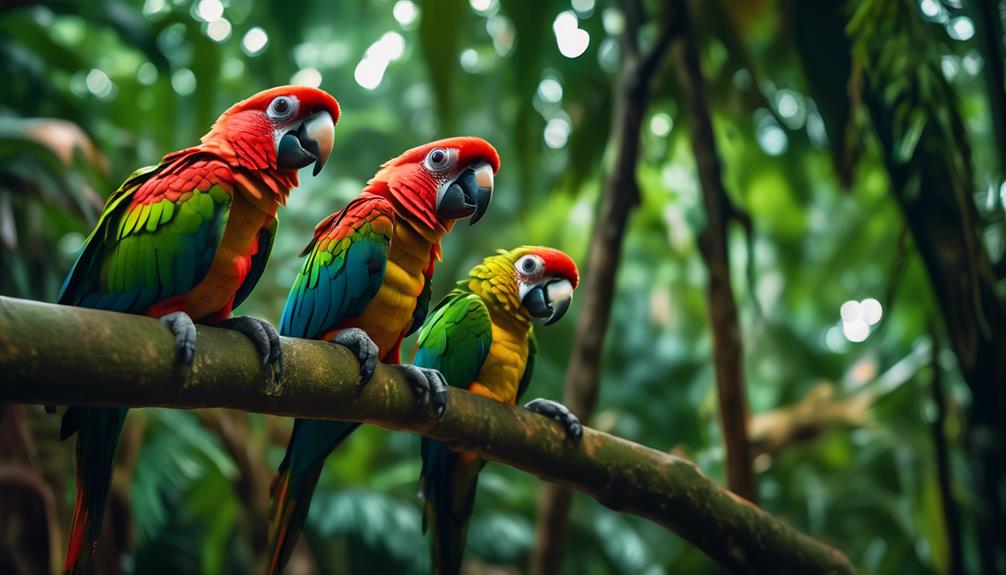
Native to Madagascar and Comoros, the Vasa Parrot’s natural habitat includes dense forests, savannas, woodlands, and cultivated areas. These parrots thrive in these diverse environments, utilizing the resources available to them.
However, their population numbers are declining, although they aren’t presently considered endangered. The main threats to their conservation are illegal capture and hunting by farmers. The Vasa Parrots were first exported in the 1970s, which further impacted their numbers.
Efforts are being made to protect their habitats and prevent further decline. Conservation organizations are working towards raising awareness about the importance of preserving these unique birds and their natural habitats. By addressing the issues of illegal capture and hunting, it’s hoped that the Vasa Parrot population can stabilize and thrive in the future.
Vasa Parrot Speech and Sounds
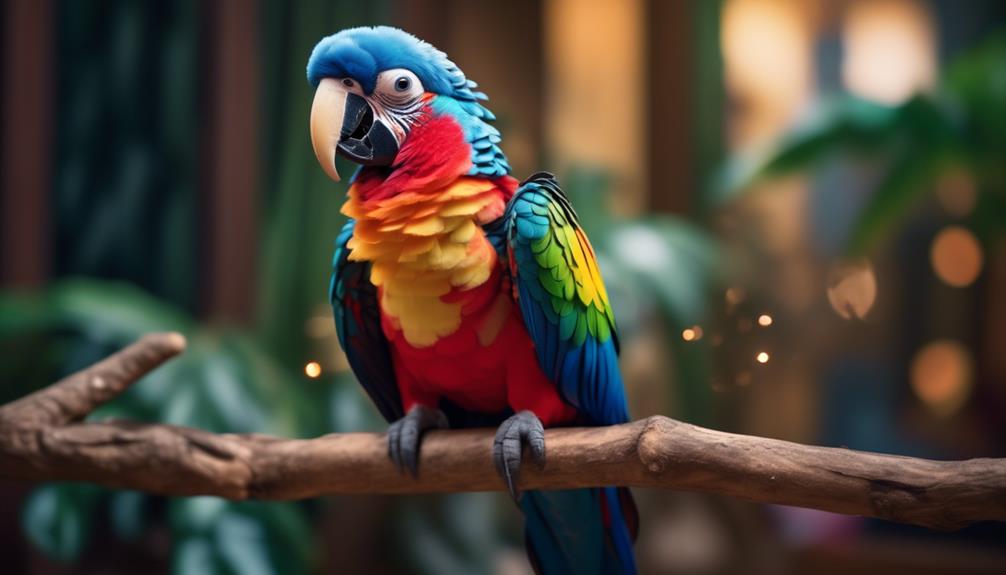
These talkative parrots are known for their excellent speech and mimicry abilities. Vasa parrots are skilled at repeating words and phrases, making them excellent talkers compared to African Grey parrots. They’re also skilled mimics, capable of reproducing various sounds such as alarms, creaking, barking, and even phone rings.
In addition to their ability to mimic human speech, Vasa parrots have natural calls that are shrill and can whistle complex melodies. However, it’s important to note that their noise levels may not be suitable for apartment dwellers.
With their impressive speech and sound capabilities, Vasa parrots make entertaining and engaging companions that can keep their owners entertained with their lively and talkative nature.
Vasa Parrot Care and Feeding
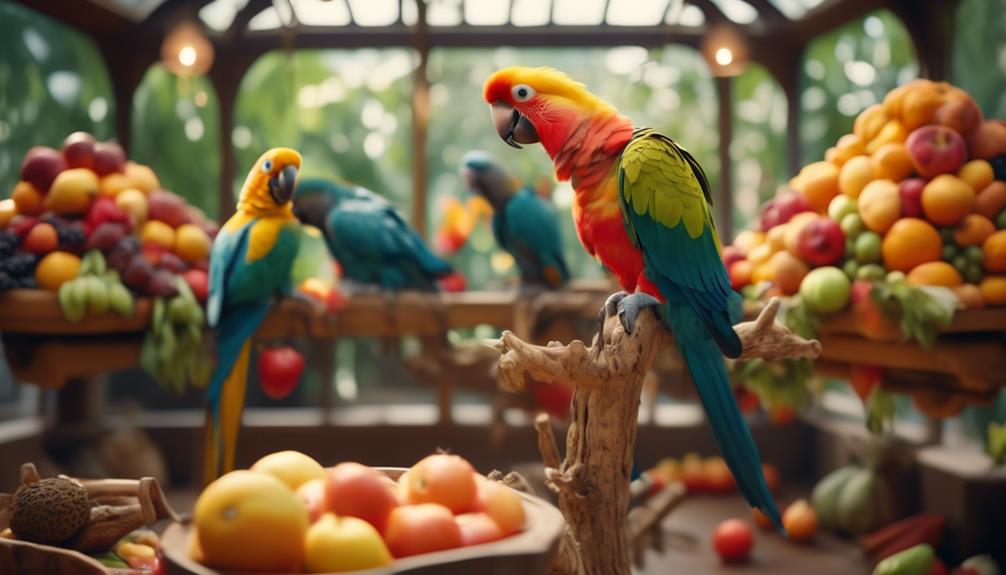
Taking proper care of Vasa parrots involves providing them with a suitable living environment and ensuring they receive a balanced diet.
To ensure the well-being of these mischievous and talkative birds, here are three important aspects of Vasa parrot care and feeding:
- Spacious Living Space: Vasa parrots require ample space to exercise and thrive. A large walk-in enclosure or a spacious cage is necessary to accommodate their high energy levels.
- Balanced Diet: A Vasa parrot’s diet should consist of pellets, fresh fruits, and vegetables. It’s crucial to provide them with a variety of nutritious foods to maintain their health.
- Slow Eaters: Vasa parrots are slow eaters and may fling out unwanted food. It’s important to monitor their eating habits and ensure they consume the necessary nutrients.
Vasa Parrot Health and Personality
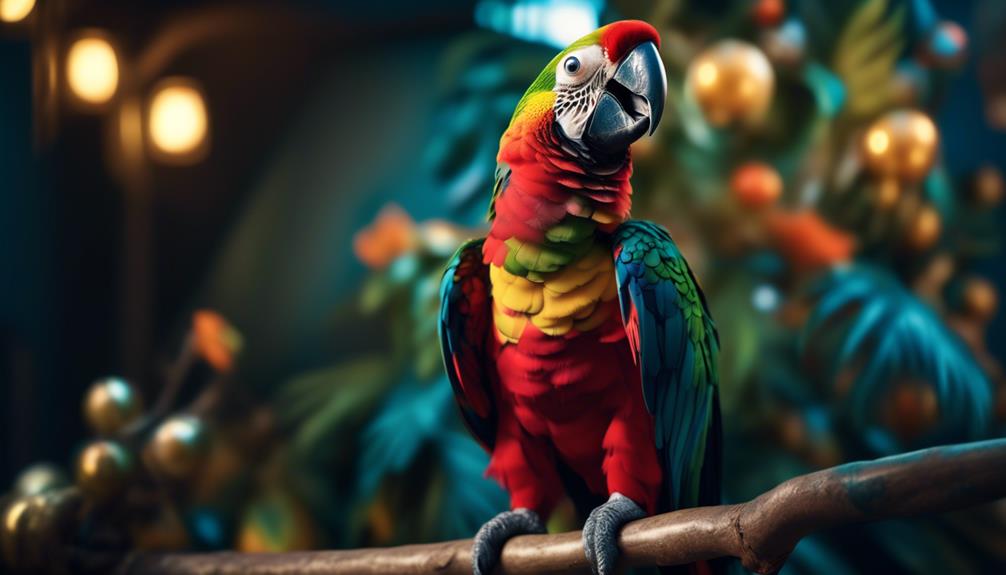
Vasa parrots are known for their adaptability, hardiness, and lively personalities. These birds require a balanced diet and fresh fruits and vegetables to maintain their health. They are slow eaters and will reject unwanted food. Interestingly, there is a theory suggesting a genetic link between Vasa Parrots and raptors. In terms of personality, Vasa parrots are intelligent, mischievous, fun, and affectionate. They enjoy engaging in activities such as ripping apart cardboard boxes, showcasing their inquisitive nature. Vasa parrots also love cuddling and handling, making them superb companions with proper care and attention.
Health and Personality Table:
| Health | Personality |
|---|---|
| Adaptable and hardy | Intelligent and mischievous |
| Balanced diet and fresh fruits/veggies are important | Fun and affectionate |
| Slow eaters, will reject unwanted food | Engage in activities like ripping apart cardboard boxes |
| Genetic link between Vasa Parrot and raptors | Inquisitive nature |
| Enjoy cuddling and handling |
Frequently Asked Questions
How Do Vasa Parrots Interact With Other Bird Species in Their Native Habitat?
Vasa parrots interact with other bird species in their native habitat through various behaviors such as vocalizations, territorial displays, and occasional conflicts. They are known to be adaptable, intelligent, and can form social bonds with other bird species.
Can Vasa Parrots Be Trained to Perform Tricks or Participate in Bird Shows?
Vasa parrots can be trained to perform tricks and participate in bird shows. With their intelligence and ability to mimic sounds, they are skilled performers. However, their mischievous nature and high energy levels require proper care and attention.
What Are Some Common Behavioral Problems That Vasa Parrot Owners May Encounter?
Vasa parrot owners may encounter common behavioral problems such as excessive noise, biting, and feather plucking. These issues can be addressed through proper training, socialization, and providing mental and physical stimulation for the birds.
Are Vasa Parrots Known to Be Prone to Any Specific Health Issues or Diseases?
Vasa parrots are not known to be prone to any specific health issues or diseases. However, they require a balanced diet and fresh fruits/veggies to maintain good health. With proper care, they can live for more than 30 years.
How Do Vasa Parrots Communicate With Each Other in the Wild?
Vasa parrots in the wild communicate through a variety of sounds and calls. They have a natural shrill call and can also whistle complex melodies. They use these vocalizations to communicate with each other and establish their presence in their habitat.
What Makes Vasa Parrots Different from Port Lincoln Parrots?
Vasa parrots and charming Port Lincoln parrots differ in their appearance and behavior. Vasa parrots are larger and have a unique black beak, while Port Lincoln parrots are smaller with vibrant red and green plumage. Vasa parrots are known for their ability to mimic sounds, while Port Lincoln parrots are highly social birds.
Conclusion
In conclusion, Vasa Parrots are fascinating birds known for their hardiness, mischievous nature, and exceptional talking abilities.
Native to Madagascar and Comoros, these birds require proper care and attention to thrive.
With ample space, regular exercise, and a balanced diet, Vasa Parrots can lead happy and healthy lives.
Their playful personalities and love for interaction make them wonderful companions for those willing to provide them with the care they need.

